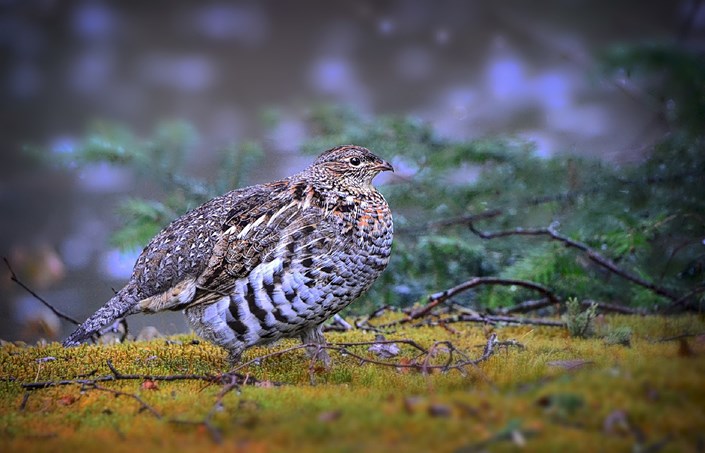Grouse worm count monitoring

Reports indicate that this year has been a challenging one for some grouse keepers.
SRUC Veterinary Services receives numerous samples at this time of year and have been busy recently at the lab with grouse worm count monitoring. Many of the samples we receive are from grouse moors in the north of Scotland, but as the shooting season approaches this information may be useful to both vets and game keepers across the country.
Reports from our Aberdeen Disease Surveillance Centre have indicated that this year has been a challenging one for some grouse keepers, with some areas seeing significant losses of young grouse over the last few weeks.
Gamekeepers will be looking to maintain a healthy adult population over the upcoming winter, and medicated grit which can be an important part of managing worm burdens on some moors. Trichostrongylus tenuis is believed to have an adverse effect on the health of the birds and the productivity of the moor when the mean worm burden in adult birds exceeds 3000. If worm burdens are high, anthelmintic treatment in the winter or early spring should be considered.
Total worm counts are carried out on a single grouse caecum, so sampling grouse which are shot during the upcoming season is the most common way of monitoring worm burdens. Ideally samples should be collected from six to ten birds from each moor. A single caecum should be collected from each bird and placed in a labelled leak proof container. Samples should be kept cool and submitted as soon as possible, as the worms will degrade with time and old samples can return falsely low results. Birds/samples can be frozen if necessary, but ensure they are frozen as soon as possible and avoid repeated freeze/thawing. Please note on the submission paperwork if the samples have previously been frozen.
See our step by step guide to removing a grouse caecum for total worm count for detailed instructions on collecting samples.
Posted by SRUC Veterinary Services on 05/08/2022
